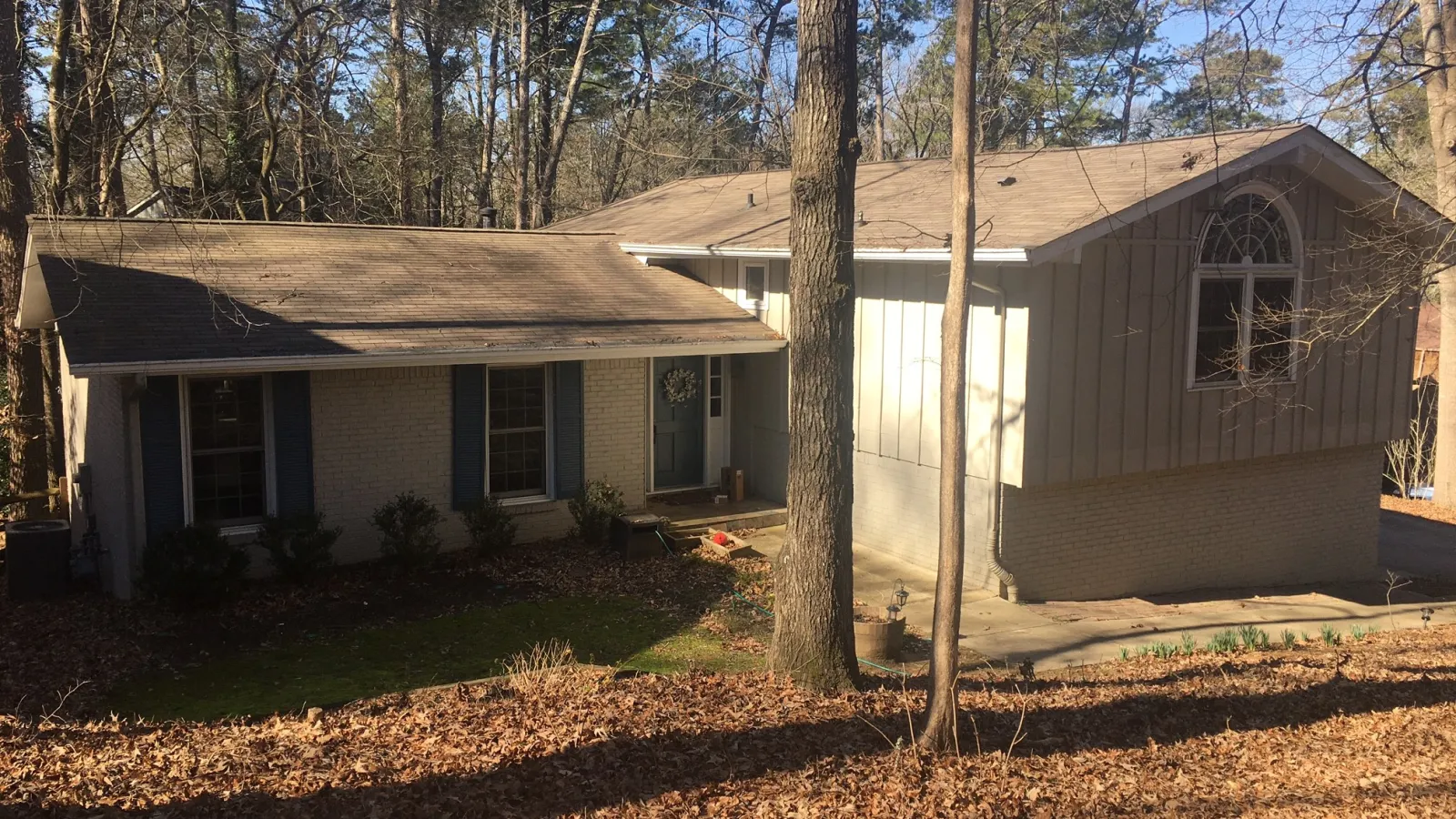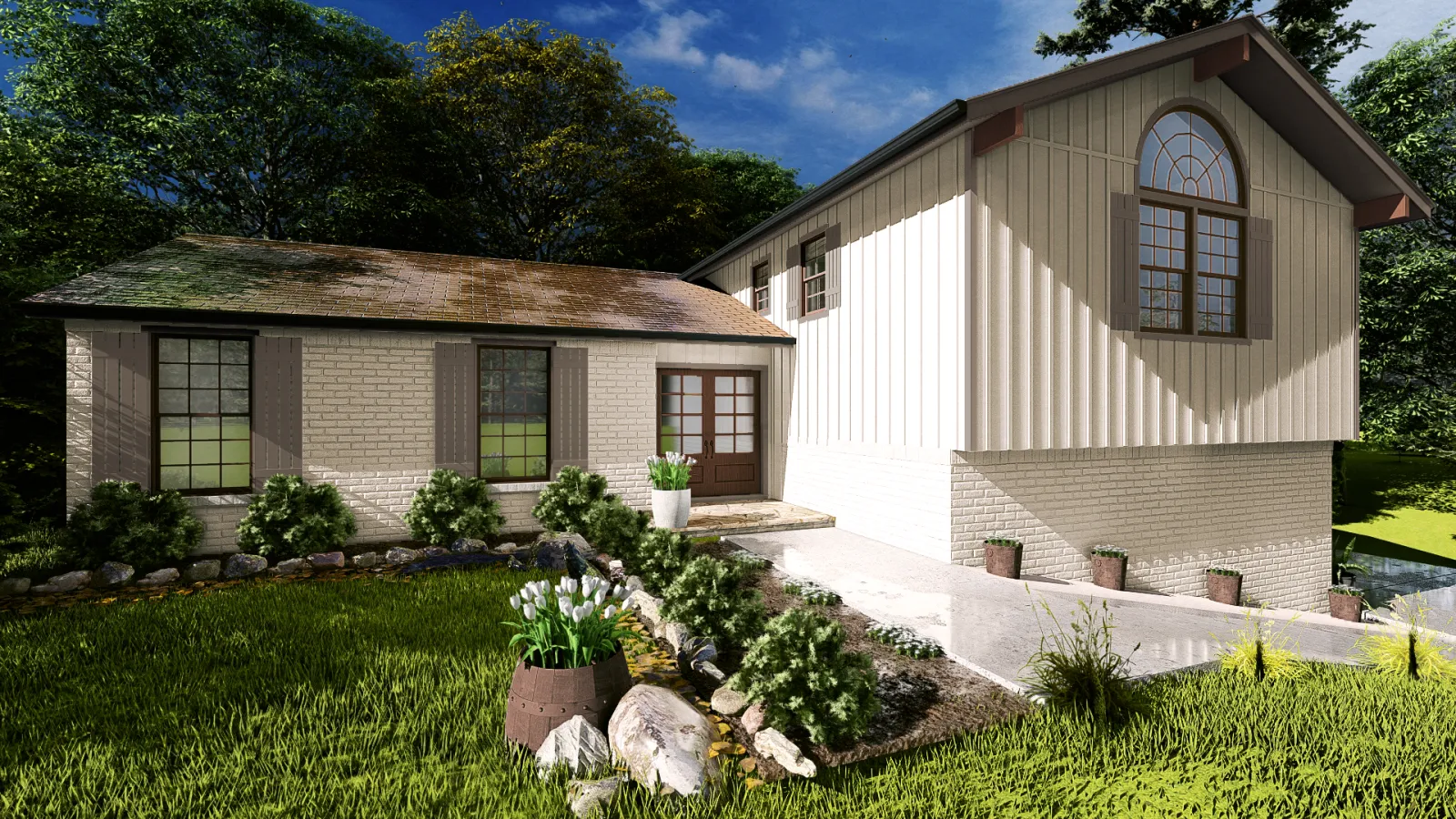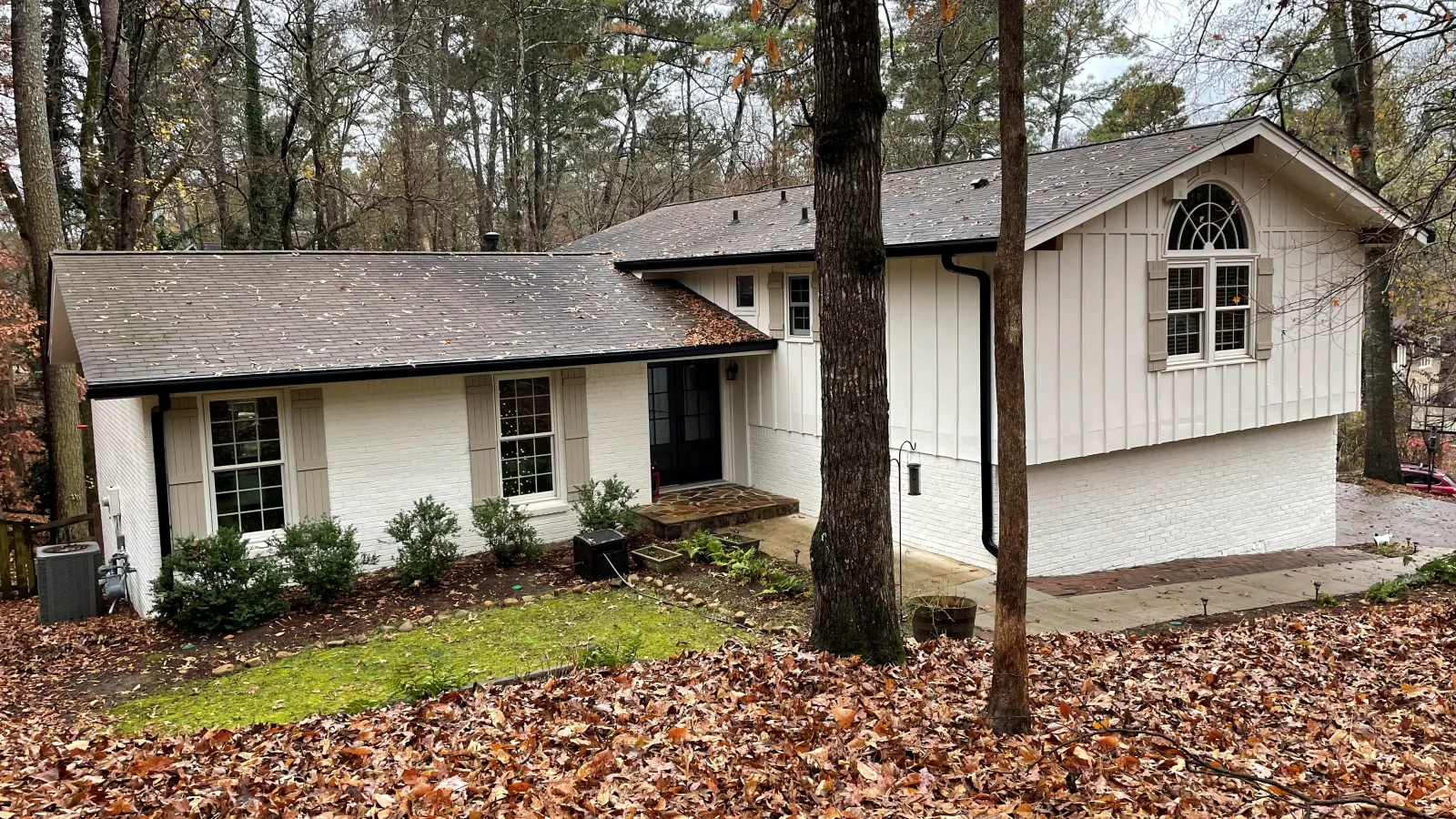What Georgia’s Stress-Free Remodeling Looks Like
Beautiful work brings customers in...
BUT an easy remodeling experience brings them back!
EXOVATIONS® is a highly reputable home exterior remodeling company operating in the North Georgia and Atlanta area since 1996. As a verified and Board Certified Contractor by the State of Georgia, we are authorized by the EPA to undertake lead-paint projects.
Our goal is not only to deliver the completed project you envisioned but also to provide you with a remodeling experience that exceeds your expectations. Skeptical? Take a look at the numerous customer reviews we have received, which demonstrate how we truly stand out as a unique contractor.
What sets us apart is our distinctive process, our people, our products... which encompasses a wide range of services including replacement windows, siding installation, door replacement, roofing, painting, composite decking, porticos, porches, and more. If you are in search of a reliable and experienced home remodeler, your search ends here.
Start your Stress Free Remodeling Experience with us TODAY!
Years of Revolutionizing Remodeling
Recognizing Excellence: Industry, Design & Customer Satisfaction Awards
"Rave Reviews: 5 Stars All Around!"
Transform Your Space with Confidence:
EXOVISION™ Lets You Visualize Your Renovation Before Committing
If you're embarking on a home remodeling project, you know how challenging it can be to imagine the final outcome. Luckily, with EXOVISION™ by EXOVATIONS ...Our architectural renderings are here to make your life easier. Our Architectural Designer provides you with a stunning and accurate visual representations of your remodeled home. EXOVISION™ helps you make confident decisions about design, layout, and materials. With these renderings, you can truly see the potential of your space and ensure your remodel meets your expectations BEFORE you commit to the project. We are that confident you will love the outcome!



Project Discovery
Our Project Estimators have been in the home renovation game for a long time. They know the intricate details - from unique material options, to custom fit solutions - and are ready to discuss your needs, share solutions and ideas, and take precise measurements.
Custom Design
Once you and our Project Estimator have reached a decision on your home renovation dreams, its time for our in-house Architectural Designer to get to work on your EXOvision™. This is a 3D rendering of your home portraying the completed renovation. Once your EXOvision is ready, we'll invite you in to our Design Center for a big reveal - during which you'll finalize colors and materials.
Detailed Proposal
Once all the details have been decided on, we'll present a comprehensive, written proposal of all the projects and materials, with a fixed price. After an approved review, we'll handoff to our Construction Team.
Project Manager
We'll assign a Project Manager to your home renovation who will do a thorough pre-walk of your property to review project details, schedules, and completion dates. You'll also be set up with a Client Login to stay informed on your project status.
Renovate
We only use certified teams of installers and laborers - from area prep and cleanup to the intricate finishing touches. Throughout the entire process, your Exovation Project Manger will keep you informed of the status of every facet of your project, either in-person or via our Client Portal. When your project is wrapping up, he or she will schedule a final walk through.
Final Walk-Through
When the final screw is in place, and the last lick of paint applied, you'll do a thorough review of the work done with your Project Manager. At this point, any final questions or concerns can be addressed. Once you're fully satisfied, will set up a payment plan.
Share It!
We get the best customers through word of mouth from our previous clients. Share your Exovations experience on GuildQuality, Facebook, Google, or any other reputable review platform. We're confident you'll be pleased with the results and look forward to helping on your next renovation project!
"We LOVE the portico/overhang that Exovations designed, built and installed. Every phase of the project was professional, on time, and above expectations! From this point forward I will always use Exovations! They were just that good!!!!"
Cathy N
Customer
"ThermaTru door: Randy Burnett managed the replacement of my storm door and wood front entry door with sidelights. He sensed my requirement for quality workmanship and quality products. Both were delivered and tested by me personally as soon as the painting and reinstallation of my awning were completed. Any problems during the installation were fixed immediately.
The insulated ThermaTru door has been much better at keeping my home warm during this polar blast the week before Christmas 2022. The previous storm door that protected my wooden builder's grade front door failed to keep out the cold. I could feel cold air penetrating my foyer despite the Anderson storm door being as protective from the temperatures as it could. It seemed to also create a draft that pulled cold air into my gas log fireplace that also has doors to presumably keep as much warm air from escaping as possible. With the ThermaTru door, there's no draftiness and the entire house is warm during this polar blast. I highly recommend having Exovations replace storm door + wooden doors with the insulated ThermaTru door. Save $$ on gas and electric bills."
N Griffith
Customer
EXOVATIONS is like striking gold! Very rare do you find a company that is this organized and takes this much pride in what they do. They are exceptional! They truly provide quality product, workmanship, & service. I absolutely had no worries from start to finish. I have enough stress and don't want to have to worry about if someone is going to do a good job or not. EXOVATIONS takes the stress out of remodeling your home. This company is the model for all others to follow!
Chuck R.
Customer
They did everything on time, sometime slightly ahead of schedule. The final outcome far exceeded our expectations. This is how remodeling should be done.
Kristi R.
Customer
I would like to congratulate the workers who installed the new windows and front door in my home! Also the Manager Andy who assisted us during the installation and later with some minor adjustments. He is always very kind to us and responds quickly to my messages. We are very pleased with Exovations' work. Thank you Andy and the other staff!
Alessandra S
Customer
"Project was completed as quoted including pre-planning and execution. Scope included porch replacement, portico installation and front door replacement. I was well informed of the project status at all times and my questions and inputs were sought and valued! Great results."
R Ooten
Customer
"We used Exovations to install new windows, front door, siding, gutters, and stone work. The project took about 2 weeks and they were all very professional and got the project done timely. Oscar, our project manager, kept us updated on every step of the project. Definitely will recommend."
Mackenzie B
Customer
"I needed new Hardie plank siding, and Exovations was recommended to me. I did interview 4 other contractors, and Exovations was the most professional and the best estimate. They came out and measured and I selected a new paint color. The project manager, Michael, was great to work with, as was the crew. Michael answered all my questions, came by to check on the crew's work, etc. Everything was done beautifully, and I would highly recommend Exovations!"